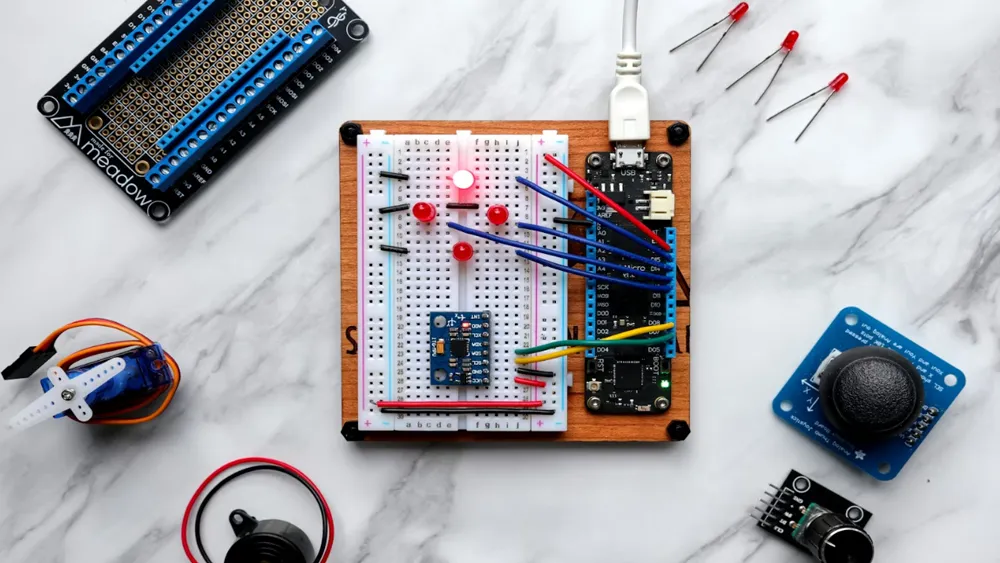
What is the IEC 60884 Standard Tets?
What is the IEC 60884 Standard?
IEC 60884 is an international standard developed by the International Electrotechnical Commission (IEC) concerning plugs, sockets, and plug connectors. This standard encompasses the design, dimensions, and performance requirements for connectors and plug sockets in electrical installations. The purpose of IEC 60884 is to ensure the safety and interoperability of electrical devices for global use.
The IEC 60884 standard places stringent requirements on the design and manufacturing of plugs and sockets, including specifications for rated voltage, rated current, insULation performance, heat resistance, grounding methods, and more. Additionally, it specifies appearance requirements, such as markings, colors, and materials for plugs and sockets.
Scope of IEC 60884 Standard
1. This standard applies to plugs and fixed or portable sockets, with or without grounding contacts, for outdoor or indoor use, intended for household and similar purposes. It applies only to AC devices with rated voltages between 50V and 440V and rated currents not exceeding 32A.
2. For fixed sockets equipped with screwless terminals, the maximum rated current is 16A.
3. The standard does not cover installation box requirements, only specifying the requirements of the box used in testing the socket (for general installation box requirements, see IEC 60670).
4. The standard applies to plug and socket assemblies combined with wiring components and plug extension assemblies, as well as plugs and sockets that are part of an appliance.
Products Not CoveRED by IEC 60884 Standard
1. Industrial plugs, sockets, and couplers.
2. Appliance couplers.
3. ELV (Extra-Low Voltage) plugs, fixed or portable sockets.
4. Fixed sockets used in combination with fuses, automatic switches, etc. (if the socket includes an indicator light, it should comply with relevant standards).
Note: IEC 60884 requires plugs and fixed or portable sockets to be suitable for use in environments where ambient temperatures do not normally exceed 25°C and may occasionally REACH 35°C. In special conditions, such as on ships, vehicles, or hazardous areas (e.g., areas with explosive potential), specialized designs may be required.
IEC 60884 Test Items
1. Inspection of markings and dimensions.
2. Protection against electric shock and grounding measures.
3. Structure of terminals, terminal blocks, and fixed sockets.
4. Structure of plugs and portable sockets.
5. Aging, protection, and moisture resistance provided by the casing.
6. Insulation resistance, electrical strength, and grounding continuity.
7. Temperature rise, breaking capacity, and normal operation.
8. Required force for plug removal, soft cable connection, and attachment.
9. Mechanical strength, heat resistance, screws, current-carrying parts, and connections.
10. Creepage distances, clearances, and distances for sealing compounds.
11. Insulation material resistance to abnormal heat, fire, and leakage.
12. Additional tests for rust-proof bolts with insulated sleeves.
Significance of IEC 60884 Standard
The IEC 60884 standard is designed to promote international trade and cooperation, ensuring that electrical devices manufactured in different countries and regions are compatible, safe, and reliable. Compliance with IEC 60884 helps manufacturers ensure that their products meet internationally recognized safety standards, thereby enhancing product competitiveness and reputation.
Overall, IEC 60884 is widely applied globally and plays a vital role in ensuring the safety and reliability of plugs, sockets, and connectors. Manufacturers, designers, and users should be familiar with and adhere to this standard to ensure the safety and performance of electrical equipment.
Email:hello@jjrlab.com
Write your message here and send it to us
 What is Amazon TIC and How Can Sellers Achieve Com
What is Amazon TIC and How Can Sellers Achieve Com
 2026 Battery UN38.3 Certification (Test Report) &a
2026 Battery UN38.3 Certification (Test Report) &a
 What is the IEC 62680 Standard? Compliance Interpr
What is the IEC 62680 Standard? Compliance Interpr
 Amazon Japan December Compliance Requirements
Amazon Japan December Compliance Requirements
 How to Check a CPSC-Accepted Laboratory?
How to Check a CPSC-Accepted Laboratory?
 WEEE Registration for Waste Electrical &Electr
WEEE Registration for Waste Electrical &Electr
 MSDS Chemical Safety Testing
MSDS Chemical Safety Testing
 What Are the Differences Between UK REACH and EU R
What Are the Differences Between UK REACH and EU R
Leave us a message
24-hour online customer service at any time to respond, so that you worry!




